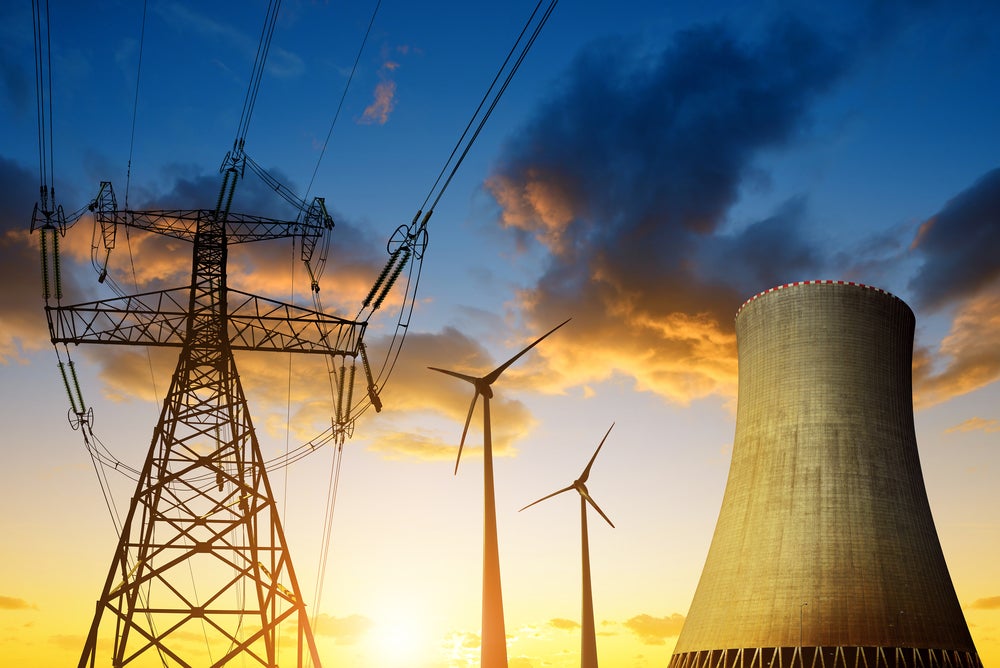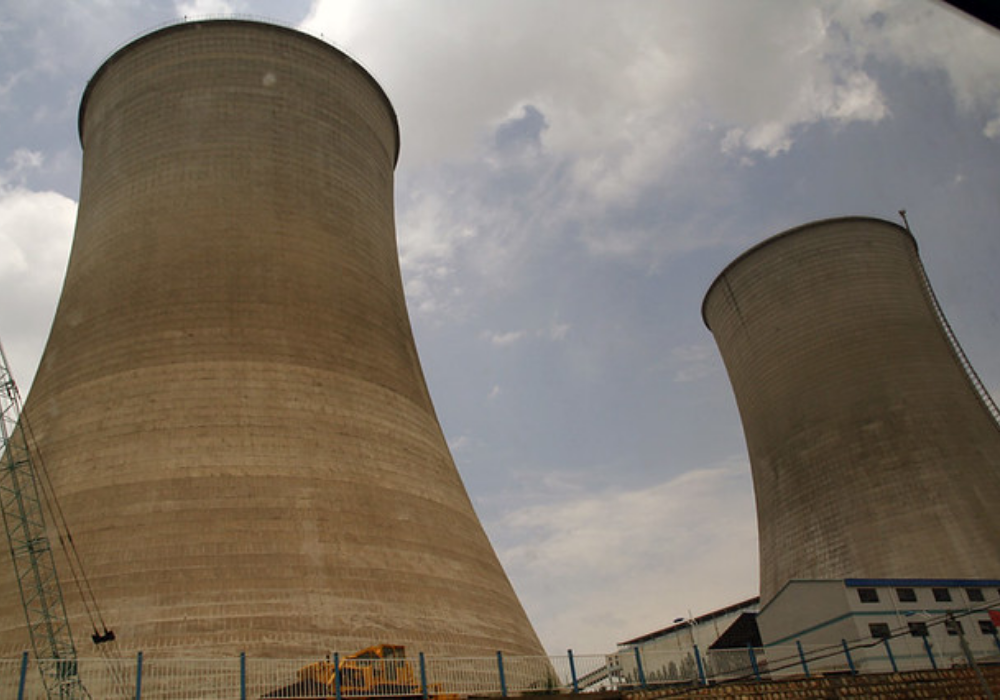
Whether nuclear power and renewables can mix on electricity grids has been one of the most hotly debated topics within the energy industry in recent years. Here, Nuclear Engineering International analyses whether the two energy sources are able to operate together in a low-carbon system.
The International Energy Agency (IEA) concluded in a report last year that global nuclear power development is moving too slowly to allow the world to meet its Sustainable Development Scenarios. In fact, it says the rate of construction is half what it needs to be.
The IEA makes a number of recommendations to speed up nuclear growth, including international governance and licensing and changes to energy markets. And it claims nuclear investment would have to dramatically increase from the level of $50bn in 2018 (evenly split between long-term operational and new-build investments) to meet sustainability goals.
In contrast, a new paper from the Science Policy Research Unit (SPRU), a research group at the UK’s Brighton University, argues that a nuclear power programme is in conflict with sustainable development goals.
Launching the paper, Differences in carbon emissions reduction between countries pursuing renewable electricity versus nuclear power, the SPRU group said that countries with large national nuclear programmes do not tend to show significantly lower carbon emissions. It claims the study shows that nuclear and renewable energy programmes do not tend to co-exist well in low-carbon energy systems because they crowd each other out.
The paper was poorly received, not least because it made no distinction between very different types of renewables, grouping hydropower, wind and solar in a single category.
The authors themselves admitted that the analysis “is merely correlative” – even warning that “some may misinterpret our findings as conveying causality”. But the researchers claim that an expanding nuclear programme is no guarantee of reduced carbon emissions – unlike increasing commitment to renewables.
The authors found little support for the suggestion that countries with a large investment in nuclear invested less in renewables. But they said in a challenge to scenarios like that of the IEA, that “strong claims in favour of particular technologies” are “underevidenced”. Few would argue that the interaction between low-carbon options should not be studied further.
Challenges and opportunities for nuclear power and rewewables on electricity grids
The opportunity and challenge for nuclear and renewables, if they are to work together in a low-carbon system, is as much about managing the system – in real time and in response to users – as it is about low-carbon energy supply.
The SPRU report was launched as the Great Britain energy system was coming out of a challenging six months for grid management, because low demand as a result of COVID-19 shutdowns meant that the transmission grid was operating as a very-low-carbon system.
Low-marginal-price wind and solar, and “baseload” nuclear, priced thermal plant (gas and biomass-fuelled) off the bars with supply varying and not always forecastable with accuracy.
System operator National Grid ESO (NGESO) said it had been given an experience of operating with a renewable energy contribution, in percentage terms, that it had not expected for a decade. The problem for NGESO was in maintaining inertia (ie help regulate frequency and voltage to maintain supply stability).
In the long term it expects to be able to get most of these services from renewables or fast-acting storage, with the aid of software control and real-time monitoring of system conditions. In the meantime, as it did in the past, it uses the physical momentum in large rotating machinery – the turbine generators in thermal power plant.

Over the COVID months, NGESO found that it had a power surplus to manage. It had to artificially increase demand, by paying neighbouring countries to accept power via interconnectors (against market prices). It also used innovative approaches, including inviting users to be paid to increase demand.
Both were necessary, along with paying some renewable sources to switch off and ensuring pumped storage plants were working in “pump” mode, in order to bring demand up to exceed low-carbon supply enough to allow it to call up thermal generation (gas and biomas) to provide stability.
What was nuclear’s role in this period? It too has large rotating machinery and it can provide inertia. But, although the system operator maintains frequency across the entire network, voltage support has to be localised.
What is more, the amount of fast-acting reserves that the system operator is legally required to hold in readiness depends on the size of the largest system in-feed. Sizewell B, at 1200 megawatts (MW) the GB system’s largest infeed, all at one site, was simply too large for the best operation of the system with volumes down by some 20%.
In the end, NGESO negotiated a one off, fixed term contract with EDF to reduce output from Sizewell B by half to 625MW. According to reports, the four-month deal would involve payment from NGESO (and eventually customers) to EDF of between £34m and £46m, depending on market power prices.
That is a significant proportion of the additional balancing costs incurred between March and July 2020, which totalled £718m – 39% higher than NGESO would normally expect costs to be in this period, according to regulator Ofgem.
The arrangement helped give NGESO what it called “footroom” to call on the thermal plant to meet system needs, but it was an inflexible option.
In contrast other measures to provide footroom, inviting small generators to turn down, brought forward over 1 gigawatts (GW) of response across a wide area. Participants could be called upon with just a few hours notice from the system operator.
That result should sound a warning for nuclear operators that argue they are flexible. The nuclear industry will have to do a lot of convincing if it wants to become the low-carbon companion to renewables.
This article originally appeared in Nuclear Engineering International magazine



